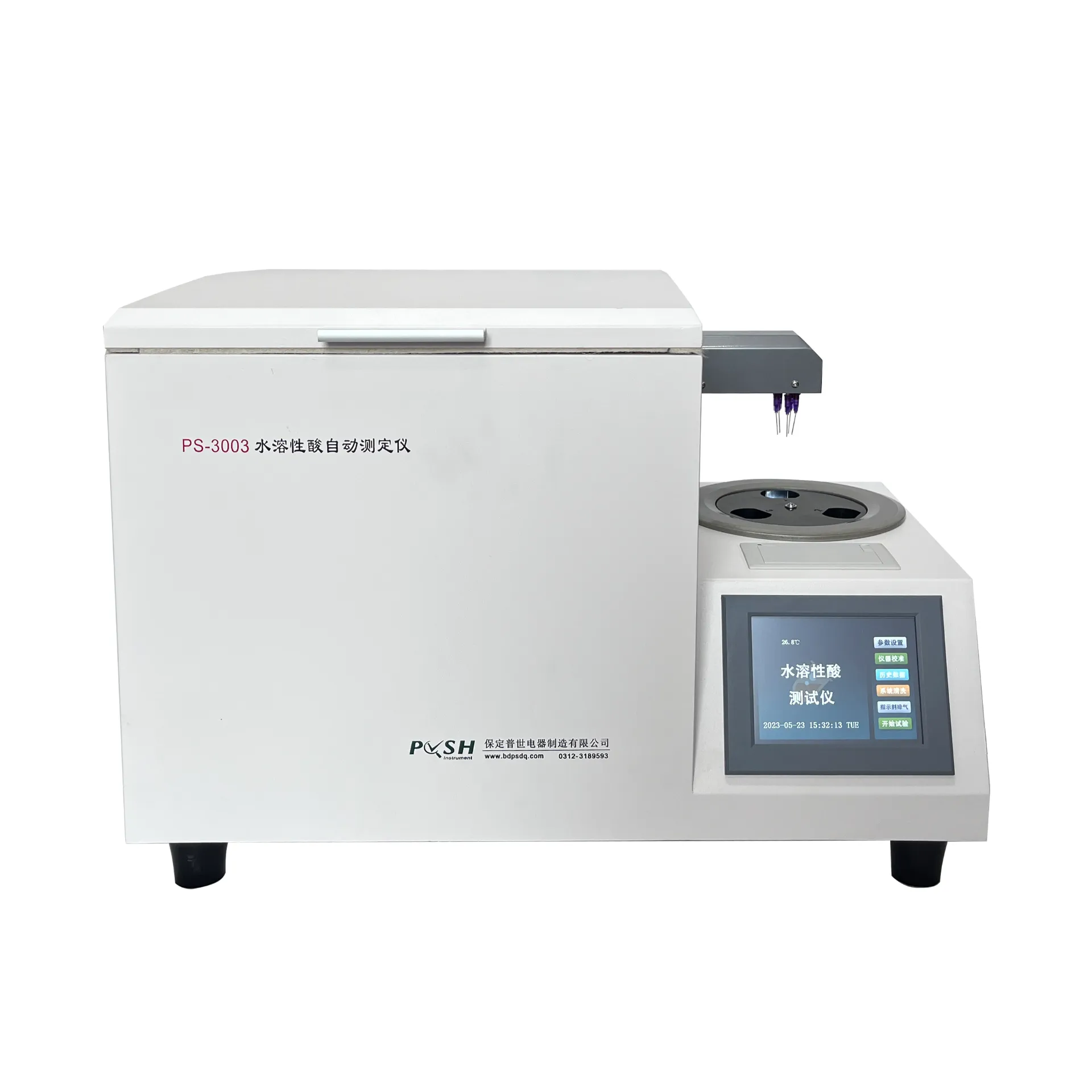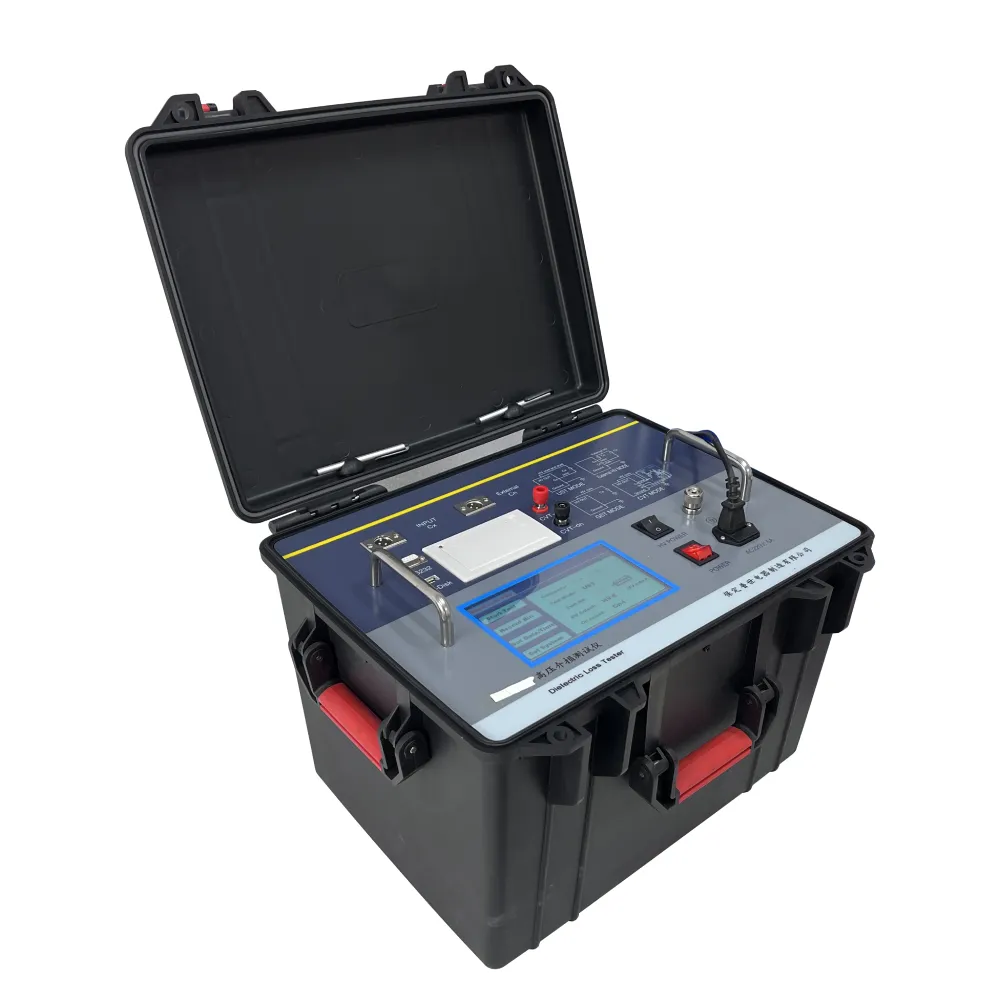TEL:
+86-0312-3189593
 English
English

Telephone:0312-3189593

Email:sales@oil-tester.com

-
 Afrikaans
Afrikaans -
 Albanian
Albanian -
 Amharic
Amharic -
 Arabic
Arabic -
 Armenian
Armenian -
 Azerbaijani
Azerbaijani -
 Basque
Basque -
 Belarusian
Belarusian -
 Bengali
Bengali -
 Bosnian
Bosnian -
 Bulgarian
Bulgarian -
 Catalan
Catalan -
 Cebuano
Cebuano -
 China
China -
 China (Taiwan)
China (Taiwan) -
 Corsican
Corsican -
 Croatian
Croatian -
 Czech
Czech -
 Danish
Danish -
 Dutch
Dutch -
 English
English -
 Esperanto
Esperanto -
 Estonian
Estonian -
 Finnish
Finnish -
 French
French -
 Frisian
Frisian -
 Galician
Galician -
 Georgian
Georgian -
 German
German -
 Greek
Greek -
 Gujarati
Gujarati -
 Haitian Creole
Haitian Creole -
 hausa
hausa -
 hawaiian
hawaiian -
 Hebrew
Hebrew -
 Hindi
Hindi -
 Miao
Miao -
 Hungarian
Hungarian -
 Icelandic
Icelandic -
 igbo
igbo -
 Indonesian
Indonesian -
 irish
irish -
 Italian
Italian -
 Japanese
Japanese -
 Javanese
Javanese -
 Kannada
Kannada -
 kazakh
kazakh -
 Khmer
Khmer -
 Rwandese
Rwandese -
 Korean
Korean -
 Kurdish
Kurdish -
 Kyrgyz
Kyrgyz -
 Lao
Lao -
 Latin
Latin -
 Latvian
Latvian -
 Lithuanian
Lithuanian -
 Luxembourgish
Luxembourgish -
 Macedonian
Macedonian -
 Malgashi
Malgashi -
 Malay
Malay -
 Malayalam
Malayalam -
 Maltese
Maltese -
 Maori
Maori -
 Marathi
Marathi -
 Mongolian
Mongolian -
 Myanmar
Myanmar -
 Nepali
Nepali -
 Norwegian
Norwegian -
 Norwegian
Norwegian -
 Occitan
Occitan -
 Pashto
Pashto -
 Persian
Persian -
 Polish
Polish -
 Portuguese
Portuguese -
 Punjabi
Punjabi -
 Romanian
Romanian -
 Russian
Russian -
 Samoan
Samoan -
 Scottish Gaelic
Scottish Gaelic -
 Serbian
Serbian -
 Sesotho
Sesotho -
 Shona
Shona -
 Sindhi
Sindhi -
 Sinhala
Sinhala -
 Slovak
Slovak -
 Slovenian
Slovenian -
 Somali
Somali -
 Spanish
Spanish -
 Sundanese
Sundanese -
 Swahili
Swahili -
 Swedish
Swedish -
 Tagalog
Tagalog -
 Tajik
Tajik -
 Tamil
Tamil -
 Tatar
Tatar -
 Telugu
Telugu -
 Thai
Thai -
 Turkish
Turkish -
 Turkmen
Turkmen -
 Ukrainian
Ukrainian -
 Urdu
Urdu -
 Uighur
Uighur -
 Uzbek
Uzbek -
 Vietnamese
Vietnamese -
 Welsh
Welsh -
 Bantu
Bantu -
 Yiddish
Yiddish -
 Yoruba
Yoruba -
 Zulu
Zulu
ਫਰ. . 14, 2025 04:17
Back to list
three phase relay test kit
Three-phase transformer polarity tests are essential procedures in ensuring the correct functioning and safety of electrical systems across various industries. These tests verify the phase relationships between the high voltage (HV) and low voltage (LV) windings. A clear understanding of polarity is crucial, as incorrect connectivity can lead to equipment damage, unscheduled downtimes, and even catastrophic failures. By adhering to a systematic testing process, operators can avert potential setbacks and maintain optimal transformer performance.
Understanding the applications of these tests across industries underscores their significance. In the utility sector, where transformers are critical in distributing electricity, polarity testing ensures that complex grids operate harmoniously. The manufacturing sector benefits from these tests by avoiding costly equipment malfunctions and downtime, maintaining high productivity levels. Furthermore, compliance with international standards, like those set by the Institute of Electrical and Electronics Engineers (IEEE) and the International Electrotechnical Commission (IEC), is fundamental for organizations striving for operational excellence. These guidelines offer a framework for executing polarity tests, guaranteeing consistency and reliability across different testing scenarios. Trust in the process and those conducting it is bolstered by authority figures within the field. Certified electricians and engineers who possess a wealth of experience in transformer testing bring invaluable insights and judgment. Their demonstrated expertise lends credibility to the process, ensuring that tests yield accurate and actionable data. Moreover, the realm of digital documentation and cloud-based storage solutions revolutionizes how test results are managed and shared. By providing stakeholders with instant access to testing data, organizations enhance transparency and accountability. This approach fosters a culture of continuous improvement, as data-driven decisions lead to iterative enhancements in testing methodologies. In conclusion, three-phase transformer polarity tests are indispensable for those aiming to preserve the performance and longevity of electrical systems. Through stringent testing protocols, innovative technologies, compliance with international standards, and reliance on expert knowledge, operators can achieve reliable phase relationships. This prevents costly errors and secures the well-being of personnel, infrastructure, and investments. Embracing these practices fosters a landscape where precision and safety underpin every transformation from kilowatts to megawatts.


Understanding the applications of these tests across industries underscores their significance. In the utility sector, where transformers are critical in distributing electricity, polarity testing ensures that complex grids operate harmoniously. The manufacturing sector benefits from these tests by avoiding costly equipment malfunctions and downtime, maintaining high productivity levels. Furthermore, compliance with international standards, like those set by the Institute of Electrical and Electronics Engineers (IEEE) and the International Electrotechnical Commission (IEC), is fundamental for organizations striving for operational excellence. These guidelines offer a framework for executing polarity tests, guaranteeing consistency and reliability across different testing scenarios. Trust in the process and those conducting it is bolstered by authority figures within the field. Certified electricians and engineers who possess a wealth of experience in transformer testing bring invaluable insights and judgment. Their demonstrated expertise lends credibility to the process, ensuring that tests yield accurate and actionable data. Moreover, the realm of digital documentation and cloud-based storage solutions revolutionizes how test results are managed and shared. By providing stakeholders with instant access to testing data, organizations enhance transparency and accountability. This approach fosters a culture of continuous improvement, as data-driven decisions lead to iterative enhancements in testing methodologies. In conclusion, three-phase transformer polarity tests are indispensable for those aiming to preserve the performance and longevity of electrical systems. Through stringent testing protocols, innovative technologies, compliance with international standards, and reliance on expert knowledge, operators can achieve reliable phase relationships. This prevents costly errors and secures the well-being of personnel, infrastructure, and investments. Embracing these practices fosters a landscape where precision and safety underpin every transformation from kilowatts to megawatts.
Previous:
Latest news
-
Testing Equipment Industry Sees Major Advancements in 2025: Smart & Precision Technologies Lead the WayNewsJun.06,2025
-
Applications of Direct Current Generators in Renewable Energy SystemsNewsJun.05,2025
-
Hipot Tester Calibration and Accuracy GuidelinesNewsJun.05,2025
-
Digital Circuit Breaker Analyzer Features and BenefitsNewsJun.05,2025
-
Benefits of Real-Time Power Quality Monitoring Devices for Industrial EfficiencyNewsJun.05,2025
-
Earth Fault Loop Testing in High-Rise Building Electrical SystemsNewsJun.05,2025



